Well, happy holidays, everyone! I hope you all had an incredible Thanksgiving. We were so busy cooking and getting everything ready, that I was only able to snap this one quick pic before it was all consumed:

That is a Moroccan squash pie in the bottom right, in addition to the turkey, stuffing, brussels sprouts, mashed potatoes, and potato rolls. Not pictured is the freshly fried apple cider doughnuts, and FOUR pies.
I know I haven’t posted much besides quarterly expense reports lately, which is really too bad because this blog has actually never had more visitors than it does right now. That is owed completely to a few posts I actually wrote knowing that they would “search” well: my Misfit Market review, my review of StepBet, and my review of Cozy, the landlording website.
I could/should be writing about the move we’re contemplating, or about our trip to southeast Asia earlier this year. But I’m here today to work out a financial conundrum I’ve been having recently: Is it a good idea to use a HELOC as an emergency fund?
This got in my head because I recently found out that Mr. Money Mustache has been putting instructional videos on YouTube, including this one on alternatives to an “emergency fund.”
MMM, of course, advocates for keeping your money working for you, which means not leaving huge sums in a savings account or somesuch. This part I can get behind. What I can’t get behind is his idea to sell off investments when you need the money. The nature of an emergency is that you don’t know when it will happen, so there’s a good chance you’ll be selling investments at a tremendous loss.
But another idea that did appeal to me is using a home equity line of credit to pay for emergencies. Basically, the idea is that you keep a line of credit open, and when you do need to use it, because of your very frugal lifestyle resulting in surpluses every month, you are able to divert funds from your ongoing savings and pay it back quickly.
I have always strove to take Suze Orman’s advice on the emergency fund and have eight months of expenses saved up. I say strove because we never really hit it, seeing as how our monthly expenses (including debt payments) is almost $4,000 a month, or $32,000 for eight months. Add to that the fact that we have two rental properties, which you need to keep additional funds for emergency repairs to those, plus the security deposits you need to hold on to, and the funds we are basically escrowing for property taxes and insurance bills, and now you’re somewhere between $50,000 and $60,000 that you “need” access to, ostensibly just in case you lose your job, there’s an emergency repair at each rental property, and all of your tenants decide to move out at once. It seems a bit like overkill.
It makes sense to keep saving for property tax and insurance bills, because those come up regularly, and also to keep the tenants’ security deposits on hand because, uh, it’s required by law. But it’s all of the “emergency” spending that I’m curious about.
Let’s Do The Math
Let’s assume the conventional wisdom that we need x months of expenses saved up. We’ll say that’s $25,000. And I’ll assume that over five years, we needed to pay for one $15,000 expense in Year 3, and it took one year to pay it back from ongoing savings, whether that’s into the Money Market account or to pay off the HELOC.
So for our emergency fund, I use Vanguard’s Prime Money Market mutual fund. This year, it has been paying 2% interest, so subtract the expense ratio, and let’s go with 1.85% interest.
| Money Market | Amount | Interest |
| Year 1 | $25,000 | $463 |
| Year 2 | $25,463 | $471 |
| Year 3 | $25,934 | $250 |
| Year 4 | $26,413 | $489 |
| Year 5 | $26,902 | $498 |
| Total | $27,171 | $2,171 |
I estimated the interest earned in Year 3 as you took the $15,000 out and replaced it throughout the year. At the end of five years, you’ve got $27,171 in the money market account.
In our alternative HELOC universe, we’ve instead invested that $25,000 in stocks. Let’s assume a 7% return.
| Stocks | Amount | Return |
| Year 1 | $25,000 | $1,750 |
| Year 2 | $26,750 | $1,873 |
| Year 3 | $28,623 | $2,004 |
| Year 4 | $30,626 | $2,144 |
| Year 5 | $32,770 | $2,294 |
| Total | $35,064 | $10,064 |
At the end of five years, you’ve got $35,064 in stocks. Wow! But meanwhile, in Year 3 we needed to borrow $15,000 from the home equity line of credit.
The HELOC rate at our bank right now is 3.65%, so paying back $15,000 over twelve months would mean twelve $1,275 payments, that include about $300 total in interest. A HELOC will also cost you 100 bucks to set up, so let’s subtract that and the interest from your stock market returns, and ultimately you’ve made $9,664.
Results
Money Market Example: $2,171
HELOC Example: $9,664
So yeah, as long as you can pay back your home equity loan, the HELOC is a better choice than keeping everything in savings. The cost of temporarily borrowing cash against your house is nothing compared to the returns on stocks or bonds in the meantime. And in all honesty, we haven’t had any $15,000 emergencies in the years since we moved into our house. At most, we’ve needed maybe $5,000? Other things are voluntary which we can plan for and save up.
